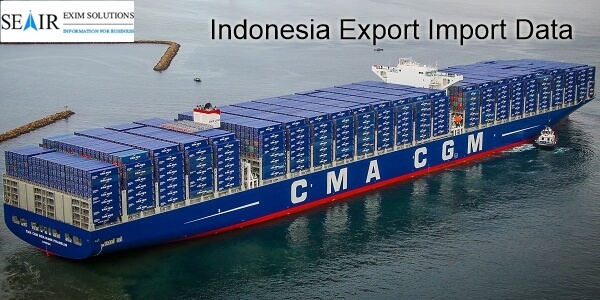Find Kenya Trade Data
The trading system employed in Kenya is primarily that of the General Trading System specified in the Commodity Index of the United Nations with a small variation to Kenya. However, importations and exports are listed as special trades from the export processing areas.
Trade Agreement
The United States signed the TIFA (Trade and Investment Framework Agreement) in 2008 and with the East African Community (EAC) in 2001. Both provincial bodies are members of Kenya. The United States Trade and Investment Relationship with the East African Community is now heading the USTR Africa Office.
Trade Facts Between the US and Kenya
In 2019, Kenya's GDP (current exchange rates) was projected to be $98.6 billion; actual GDP was estimated at 5.6 percent, and the population was 49 million. (The IMF source)
Kenya is our 96th biggest trading partner with a net (two-way) exchange in products in 2019 of $1.1 billion. Exports of goods 401 million dollars and imports of goods amounted to 667 million dollars. In 2019, the US trade deficit in goods with Kenya amounted to $266 million.
Kenya was in 2019 the world's GDP economy number 63 (current US$), total exports number 107, overall import number 80, GDP economy number 146 per capita (current USA$), and the Economic Complexity Index (Economic Complexity Index) number 87, the most complex economy (ECI)
Since India and China are Kenya's largest trading partners and share is 15% and 13%, that makes these markets more important.
IMPORTS
In 2019, the 86th largest provider of merchandise imports to the United States was imported by Kenya. U.S. goods imported from Kenya in 2019 amounted to $667 million, 3.7% ($24 million) higher than in 2018 and 137.7% higher than in 2009. The top import categories in 2019 (2-digit HS) were: woven clothes (286 million dollars); knit clothes (177 million dollars) and edible fruit & nuts (45 million dollars); ores; slag and ash (52 million dollars).
In 2019, total US imports of agricultural products were 126 million dollars from Kenya. Trees (55 million dollars), unroasted (34 million dollars), herbal tea (11 million dollars), essential oils (10 million dollars) as well as edible oils (6 million dollars).
The key product classes representing the following import structures into Kenya in 2019:
- 19.3% (US$ 3.32 billion): 27% - Mineral fuel, oils, and distillation products; bituminous substances; mineral waxes.
- 84 — Atomic reactors, kettles, engineering equipment, and electronic devices; parts thereof. 9.5% (USD 1.64 billion).
- 7.33 percent (US $1.26 billion): 85 - Electronic devices and equipment and components of such devices; sound recorders and players; TV images and sound recorders and reproducers; components of such devices and accessories.
- 7.02 percent (US $1.2 billion): 87 – Rolling stock and parts and accessories for vehicles other than train or tramway.
- 7.02% (US$1.2 billion): 87 - Vehicles, components, and accessories of railway or tramways other than rolling stock;
- 5.32% (US$ 916 million): 72% — Steel and Iron.
- 4.98% (US$ 857 million) of cereals: 10%.
- 39 – Plastics and papers. 4.27 percent (US$736 million): 39.
- 3.26% (US$ 561 million): 15% – Fats and oils produced for animal or vegetable purples and cleavage products; edible fat; waxes for animals or vegetable products.
- Thirty – Pharmacists (3.23 percent) ($557 million):
- 2.64 percent (US$ 455 million): 48 – paper and paperboard; paper and cardboard papers.




Kenya HS Code 0207 is harmonized system code of meat and edible offal of the poultry heading 0105, fresh, chilled or frozen. Now its easy to import shipment data of kenya with customs shipment details as importer name, value, quantity, unit, foreign country, etc.
ReplyDelete